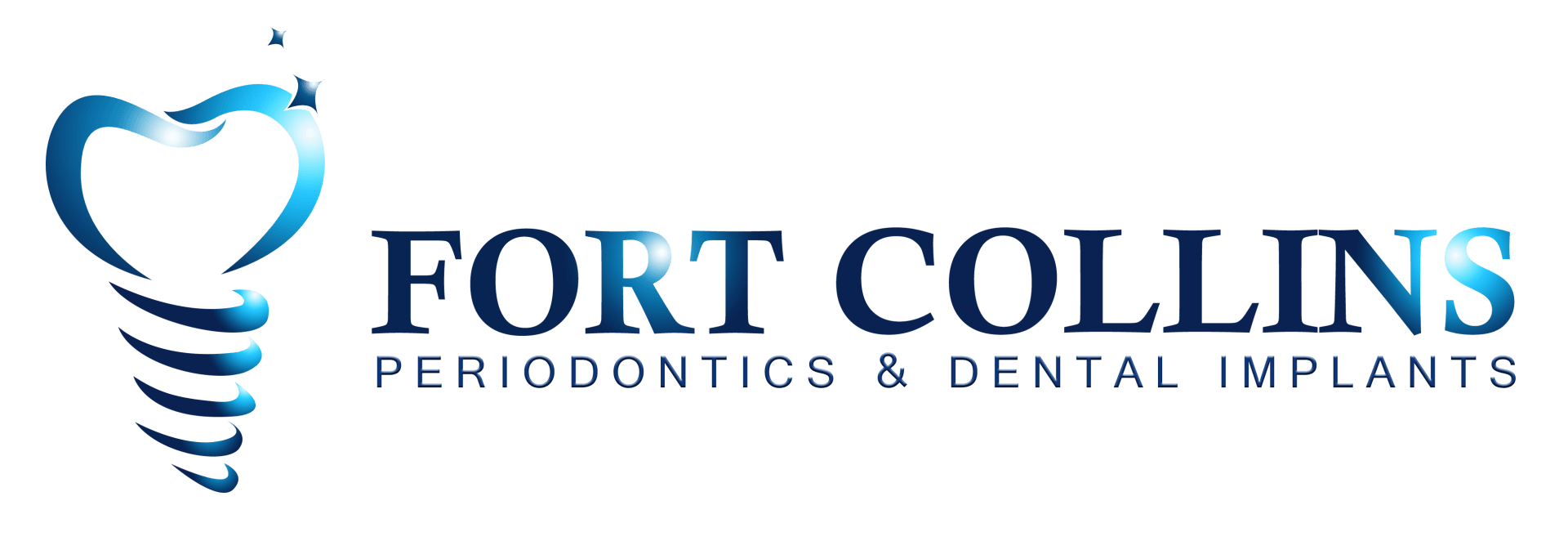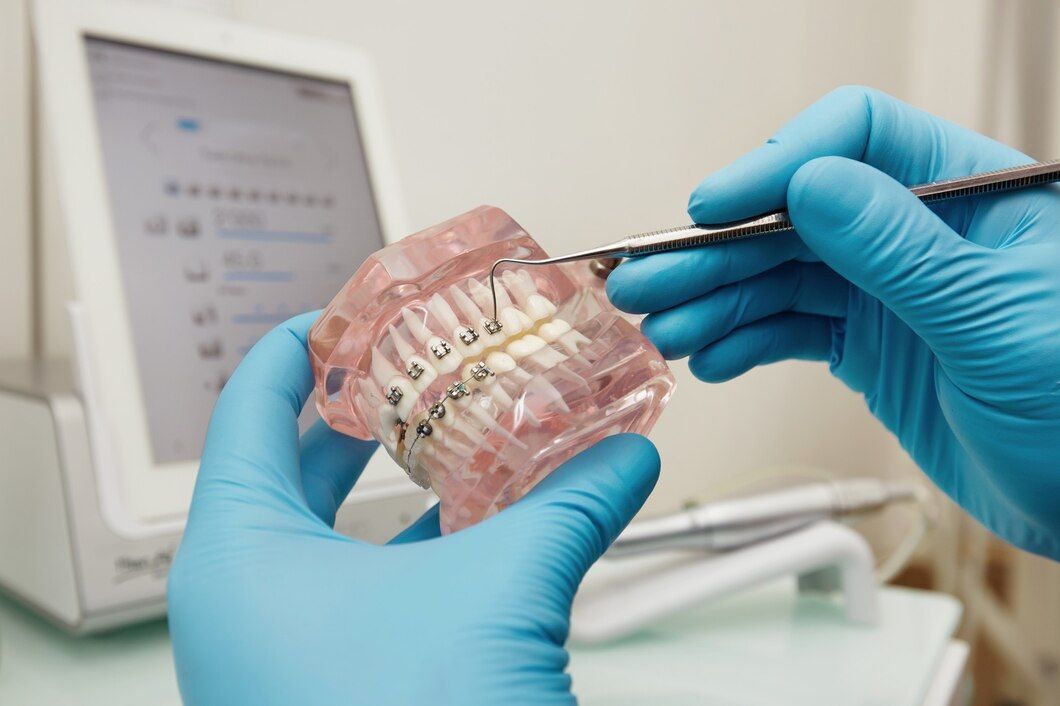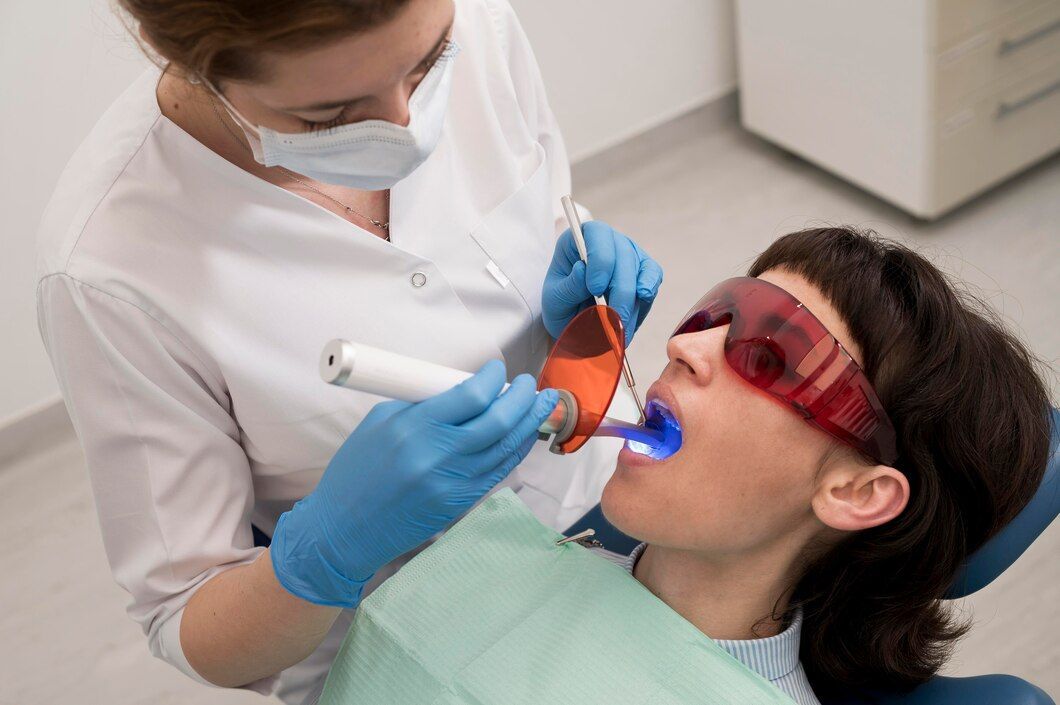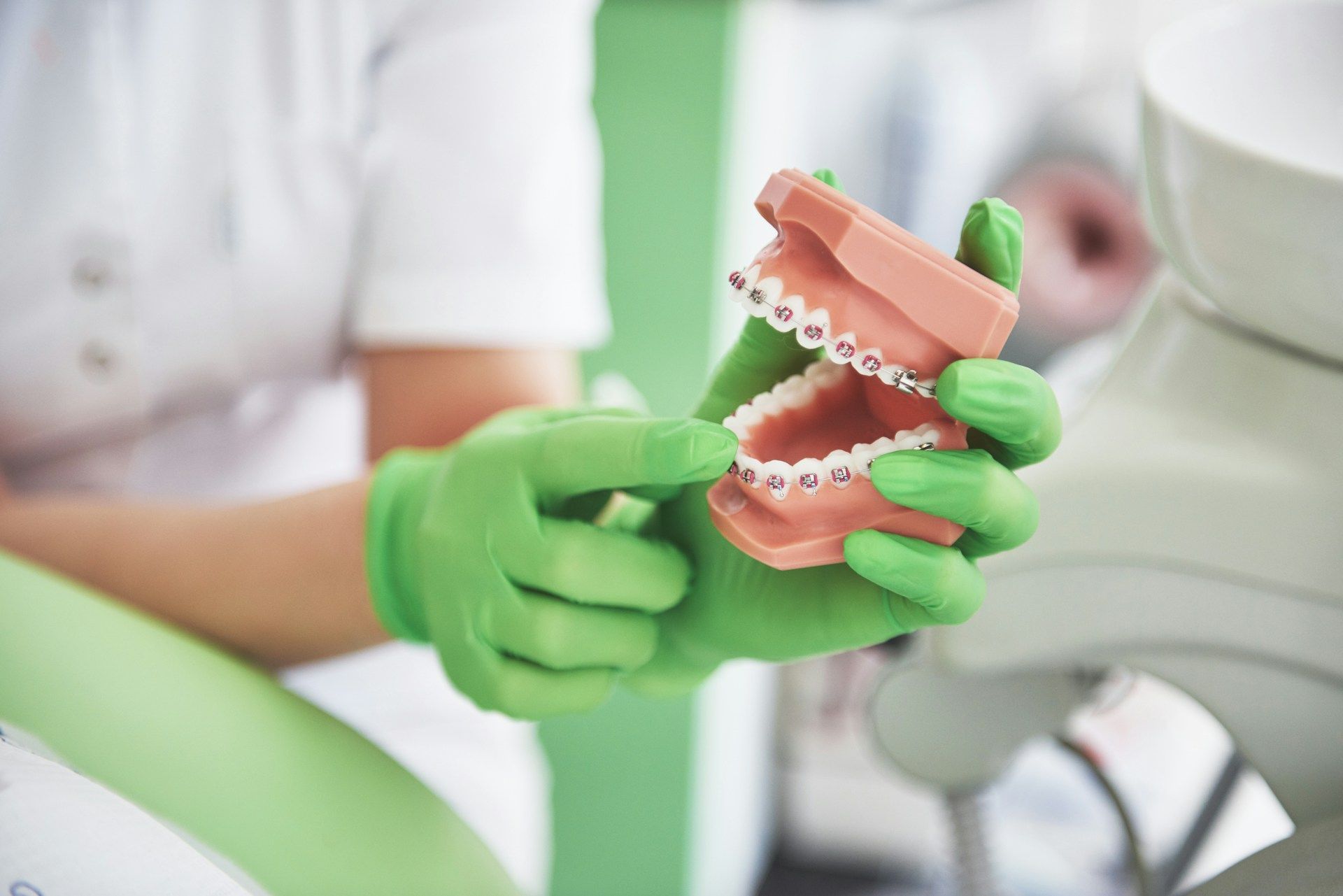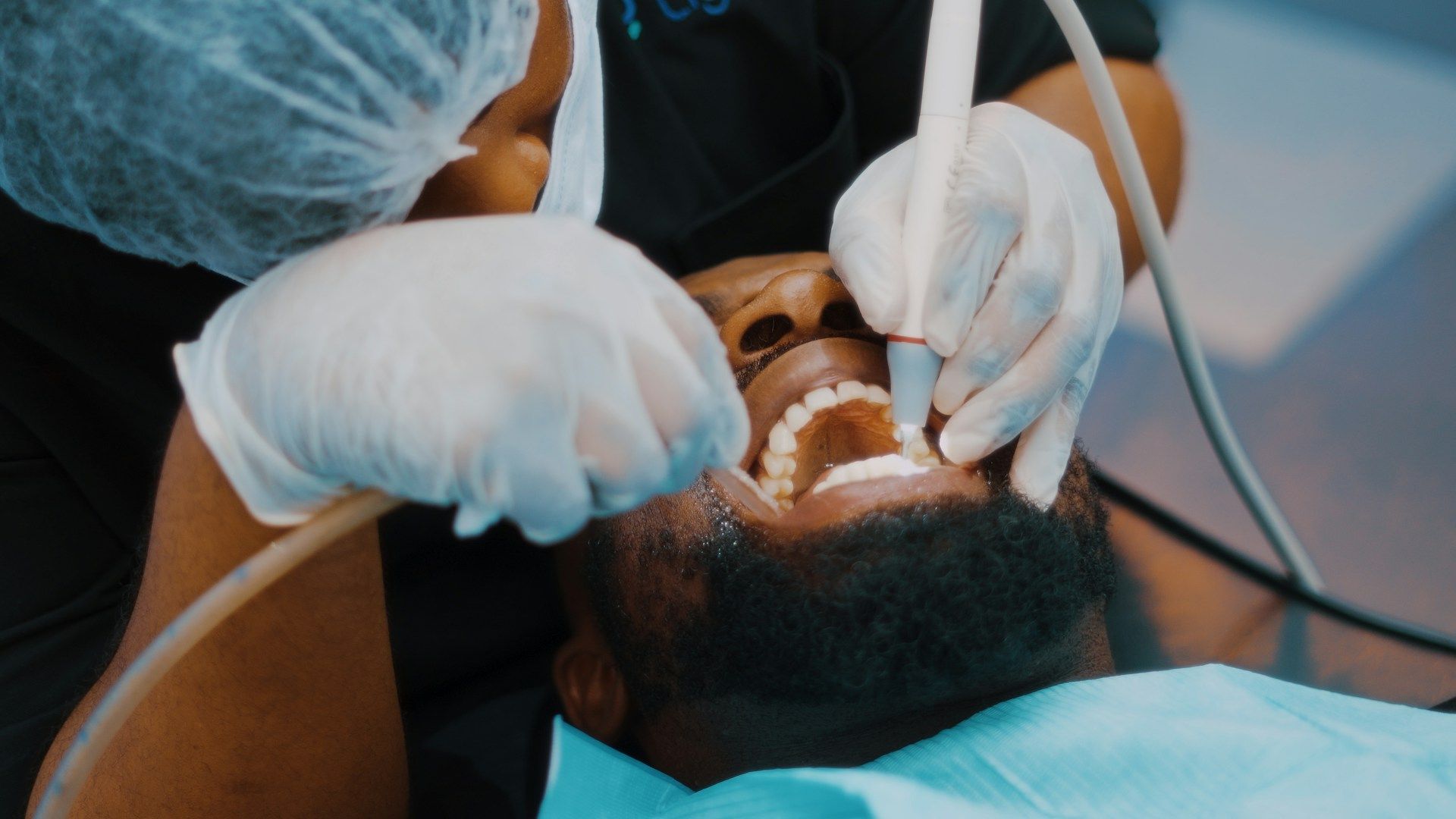Managing Periodontal Disease with Dental Implants: A Comprehensive Guide
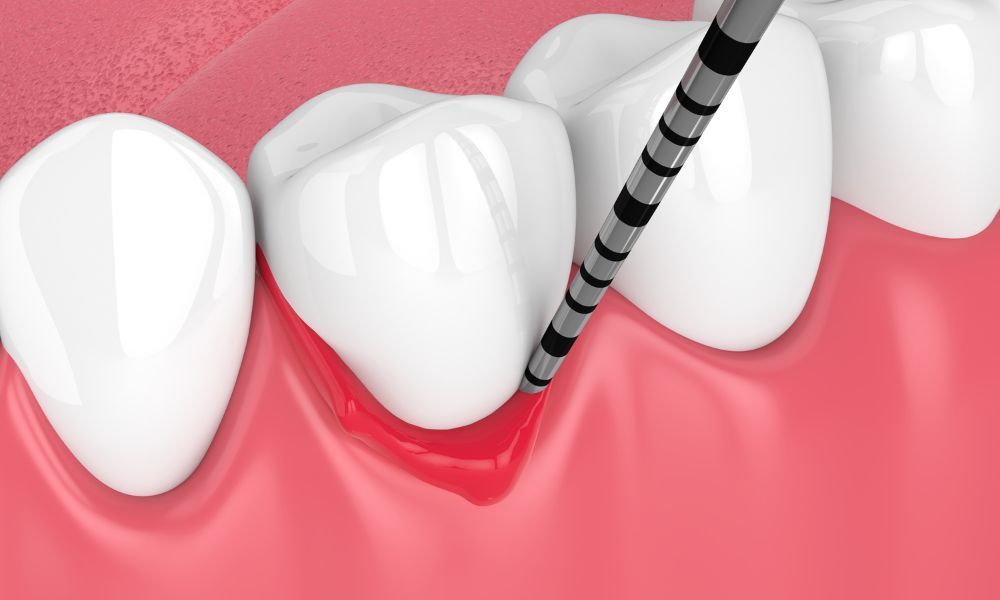
Periodontal disease, commonly known as gum disease, is an insidious oral health problem that can lead to tooth loss, bone deterioration, and various complications if left untreated. For many patients who have suffered the consequences of periodontal disease, dental implants emerge as a reliable and transformative treatment option, restoring not only oral function but also confidence and self-esteem. Fort Collins Periodontics and Dental Implants is dedicated to helping individuals experiencing the impacts of periodontal disease by offering comprehensive male Implant therapy that addresses both the immediate and long-term challenges faced by patients in their journey to restore and maintain their oral health.
Dental implants are a significant advancement in modern dentistry, providing patients with a natural-looking, durable, and long-lasting solution for tooth replacement. They've shown immense potential in serving as a powerful tool for patients grappling with periodontal disease. As you consider various treatment options, arming yourself with in-depth knowledge about dental implants, their benefits, and their role in managing periodontal disease is crucial.
In this comprehensive guide, we'll explore all aspects of dental implant therapy in the context of periodontal disease, covering topics such as the dental implant process, types of dental implants best suited for patients battling gum disease, and the many advantages of choosing this restorative treatment. Furthermore, we will delve into the essential post-treatment care and maintenance that can help ensure the longevity of your dental implants and promote long-term oral health. With our guidance, you'll have a deeper understanding of dental implants and how they can effectively address the challenges posed by periodontal disease, empowering you to make well-informed decisions in pursuit of optimal oral health and overall well-being.
1. How Dental Implants Work in the Context of Periodontal Disease
Dental implants are titanium posts that are surgically placed in the jawbone to replace the roots of missing teeth, ultimately supporting a dental prosthesis such as a crown, bridge, or denture. In the context of periodontal disease, dental implants can serve as an effective treatment option for patients experiencing tooth loss due to advanced gum disease. Once the disease is appropriately managed, implants can be used to restore the function, appearance, and overall health of your mouth.
To ensure successful implant placement for patients with periodontal disease, it is crucial to first address the underlying issue and establish a stable, infection-free foundation. This involves treating the gum disease, regenerating lost bone tissue if necessary, and maintaining proper oral hygiene habits to prevent future occurrences.
2. Dental Implant Options for Patients with Periodontal Disease
There are several dental implant options available to accommodate the varying needs and circumstances of patients with periodontal disease:
- Single-Tooth Implants: If you've lost a single tooth due to advanced gum disease, a single-tooth implant comes in handy. The dentist places an individual implant with a custom crown, thereby replacing just the missing tooth without impacting the adjacent teeth.
- Dental Implant-Supported Bridges: For patients who have lost multiple teeth in one or more sections of their mouth, dental implant-supported bridges are a viable option. Instead of using traditional dental bridges supported by adjacent natural teeth, the bridge is anchored by dental implants, preserving your natural tooth structure while providing robust support.
- All-on-4 Implants or Full Arch Implants: When an entire arch of teeth is compromised by severe periodontal disease, the All-on-4 implant system or full arch implants can provide an efficient, long-term solution. The dentist uses four to six strategically positioned implants to support a full arch prosthesis, eliminating the need for an implant for each missing tooth. This treatment protocol offers exceptional stability, durability, and natural-looking aesthetics for patients needing comprehensive tooth replacement.
3. Advantages of Dental Implants in Managing Periodontal Disease
Dental implants offer numerous benefits to patients recovering from periodontal disease, beyond just replacing lost teeth:
- Preservation of Jawbone: Dental implants stimulate the jawbone and prevent bone resorption, thus promoting bone health and preventing further tooth loss associated with advanced periodontal disease.
- Improved Oral Hygiene: Unlike traditional dentures or bridges, dental implants function similar to natural teeth, allowing for easier cleaning and oral hygiene maintenance. Practicing consistent oral hygiene is critical for preventing the recurrence of gum disease.
- Longevity and Durability: Dental implants can last a lifetime with proper care, providing a reliable, long-term solution for patients previously struggling with periodontal disease and tooth loss.
- Enhanced Confidence: The loss of natural teeth due to periodontal disease can significantly impact your self-esteem and well-being. Dental implants restore the appearance and function of your smile, bolstering your confidence and mental health.
4. Post-Treatment Care and Maintenance for Dental Implants in Periodontal Patients
For patients recovering from periodontal disease, ongoing oral hygiene and dental checkups are critical to ensure the long-term success of dental implant treatment:
- Brush using a soft-bristled toothbrush and fluoride toothpaste at least twice a day, focusing on all surfaces of your teeth, implants, and prosthesis.
- Floss daily using dental floss or specialized interproximal brushes to clean around the implants and the gumline.
- Use an antibacterial mouthwash to minimize plaque accumulation and bacterial buildup.
- Schedule regular dental checkups and cleanings to monitor the health of your implants and ensure early detection and treatment of any potential issues.
With a comprehensive understanding of
dental implant therapy for periodontal disease, you can confidently embrace this advanced treatment option and reap its myriad benefits. Always consult with your dental professional to develop a personalized treatment plan that meets your unique needs and paves the way for a healthier, more vibrant smile.

Working Hours
Tue - Thu: 8:00 am - 5:00 pm
Friday: 8:00 am - 2:00 pm
Sat - Sun: Closed
Monday: Closed
